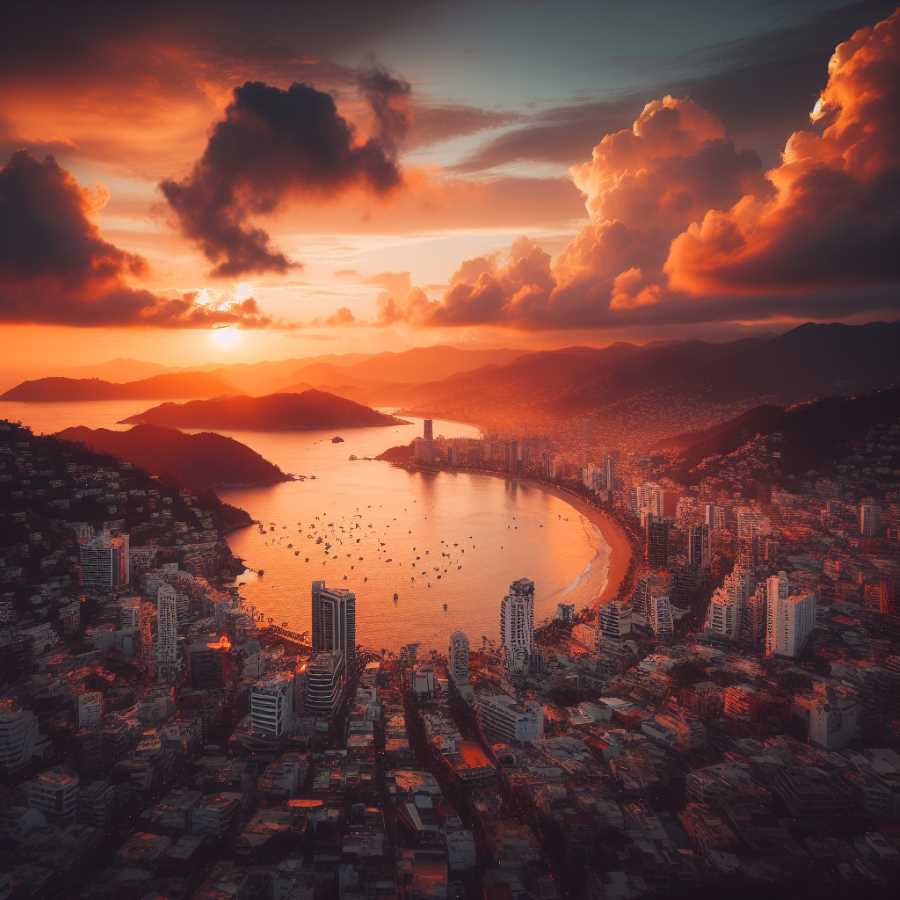Acapulco Battles Back Against Crime, Chaos, and Calamity
Acapulco faces a dual crisis — organized crime and environmental degradation post-Hurricane Otis. Paralyzed transport, protests, and contaminated beaches paint a grim picture. Yet, international solidarity and reconstruction efforts offer hope in the city's journey toward renewal.

Acapulco, the once-gleaming crown jewel of Mexican tourism, finds itself grappling with a hydra-headed monster: a venomous beast with tentacles of organized crime, environmental damage, and lingering hurricane woes. This vibrant port city, where cerulean waves lap against golden sands and salsa rhythms pulsate through nightclubs, is now battling for its very survival.
Imagine, dear reader, the despair of losing 400 million pesos – a staggering sum! — to the grasping claws of extortionists and the chilling silence of shuttered shops, all thanks to the nefarious machinations of organized crime. Public transport, the lifeblood of this tourist haven, stands paralyzed by fear, its routes choked by the threats of burning buses and trembling drivers. This, on the heels of Hurricane Otis, a monstrous leviathan whose fury left a trail of wreckage and environmental woes.




